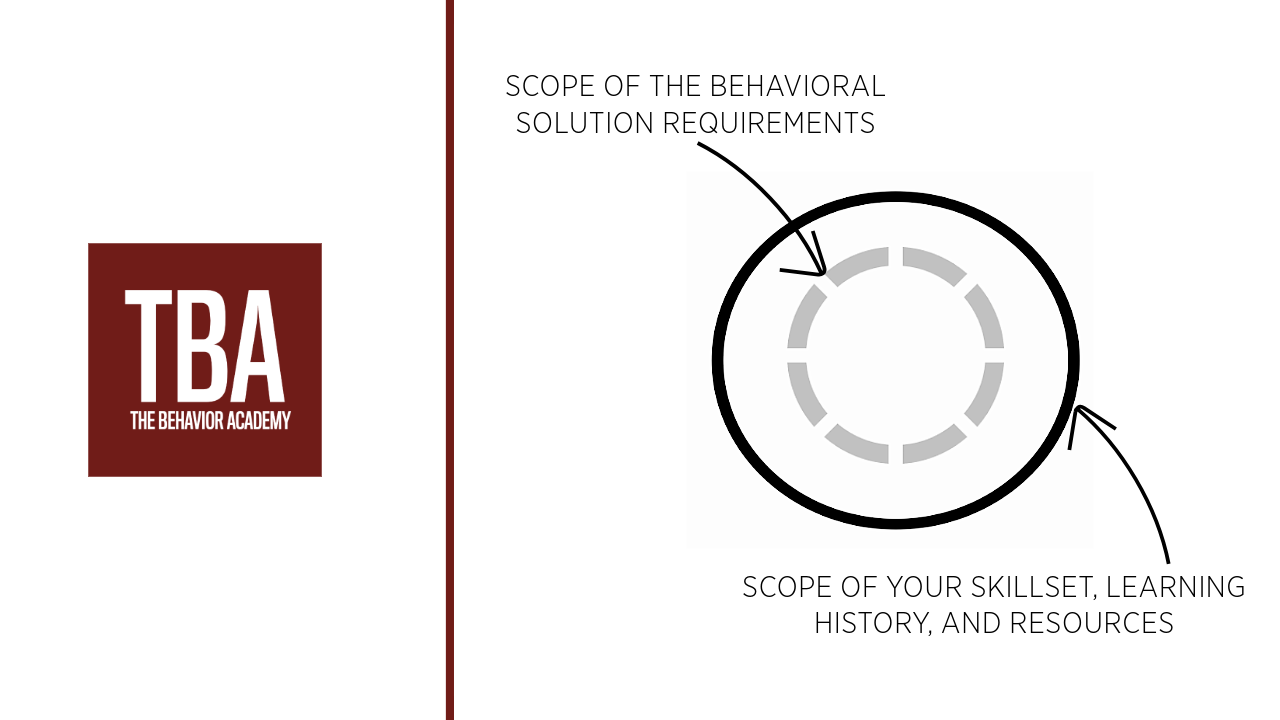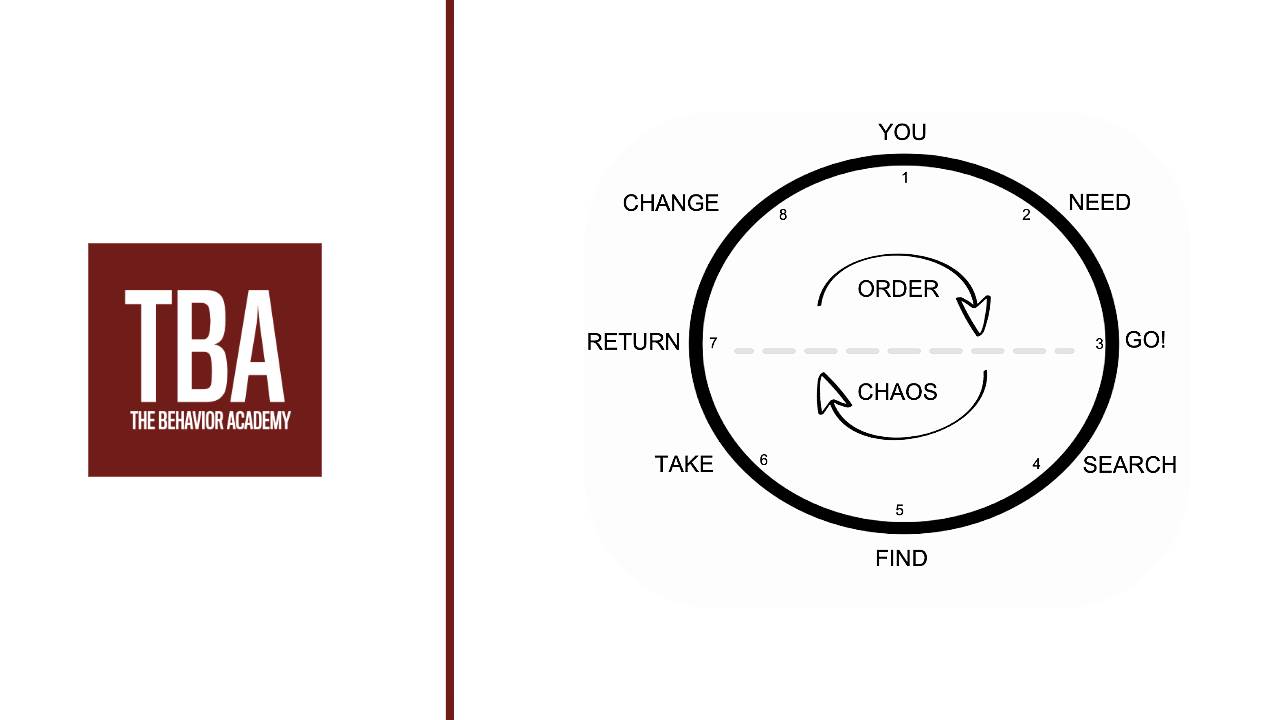Why Every Behavior Analyst Needs AI Literacy Now

Artificial intelligence (AI) has moved from abstract theory to everyday practice with startling speed. From automated documentation in clinics to large language models (LLMs) embedded in electronic health record systems, behavior analysts are already surrounded by AI-driven tools. Whether we recognize it or not, AI has entered our workflows, our decision-making processes, and even the ethical dilemmas we face as practitioners.
For Board Certified Behavior Analysts (BCBAs), Registered Behavior Technicians (RBTs), and behavior-analytic faculty, the question is no longer if AI will affect our work but how well prepared we are to engage with it. And preparation, in this case, means AI literacy.
Drawing on insights from Dr. David J. Cox’s 2025 publication titled “Ethical Behavior Analysis in the Age of Artificial Intelligence (AI): The Importance of Understanding Model Building while Formal AI Literacy Curricula are Developed”, Cox (2025) makes the case that AI literacy is not optional; r...
Behind the Wrapper: What You Need to Know About LLM-Powered Tools

This blog is a sample of our weekly newsletter, designed for ABA professionals who are building AI literacy skills. Subscribe here. Every week, we break down the foundational knowledge BCBAs and others in applied behavior analysis need to make informed decisions about the AI tools flooding our field.
Behind the Curtain of AI Tools in ABA: What Every BCBA Needs to Know
Artificial intelligence is showing up everywhere, from session note summarizers to treatment plan generators, and many of these tools are being marketed directly to behavior analysts. Some claim to reduce clinical workload. Others say they help ensure compliance or automate decision-making. But how many of these tools are actually safe, secure, and appropriate for clinical use in applied behavior analysis (ABA)?
In this blog, we crack open the shiny shell and peek underneath the hood. Because when a tool claims to “use AI”, what that may mean is simply this: take your input (e.g., session notes, SOAP templates, behav...
Understanding the Difference Between Generative and Discriminative AI—and Why It Matters in ABA

You don’t need to understand algorithms or advanced math to get value from this blog. What you do need is a working understanding of what these systems do, how they behave in practice, and where they can help, or harm, your work.
As artificial intelligence (AI) continues to reshape clinical, educational, and organizational settings, professionals across the behavioral sciences, particularly Board Certified Behavior Analysts (BCBAs), face increasing pressure to evaluate and implement these technologies ethically and effectively. But not all AI is built the same. Some systems generate new content; others categorize and predict outcomes based on existing data. These differences matter deeply for clinical utility, ethical decision-making, and the design of workflows in applied behavior analysis (ABA).
To engage with artificial intelligence responsibly, behavior analysts must first understand the difference between generative and discriminative models. Knowing this distinction isn’t just ...
This Way of Thinking: Patrick C. Friman, Ph.D., ABPP and the Circumstances View
This Way of Thinking: Patrick C. Friman, Ph.D., ABPP and the Circumstances View
Who is Patrick C. Friman, Ph.D., ABPP?
Patrick C. Friman, Ph.D., ABPP is a pivotal figure in behavioral health, widely recognized in the field of Applied Behavior Analysis (ABA). Currently the Vice President of Behavioral Health at Boys Town and a Clinical Professor at the University of Nebraska School of Medicine, Dr. Friman previously held influential roles at Johns Hopkins University, University of Pennsylvania, Creighton University Schools of Medicine, and the University of Nevada. He is a Fellow of the Association for Behavior Analysis International (ABAI) and multiple divisions of the American Psychological Association (APA), boasting an extensive publication record with over 190 scientific articles. Dr. Friman's work has notably bridged behavioral pediatrics and medicine, focusing on closing the gap between medical care and psychological services, thereby reshaping our understanding and treatment o...
Embracing Your Sphere of Influence: A Behavior Analyst’s Guide to Transforming Society Through Applied Behavior Analysis

My Missing Piece in ‘Saving the World with Behavior Analysis’
I'm sure you've heard the phrase "Saving the World with Behavior Analysis" countless times—I definitely have. Early in my career, this slogan deeply resonated with me, sometimes as an empowering statement reflecting confidence in our skills to solve big societal problems, and other times as a hopeful, almost idealistic affirmation of our field’s potential. Heward et al. (2022) have thoroughly documented just how broad our application of science has become—350 unique applications. Historically, this phrase emerged during the Vietnam War and the American counter-culture era, when behavior analysts took on ambitious social justice issues—civil rights, economic equality, and environmentalism—by collaborating to apply behavior analysis in practical, meaningful ways.

Over time, though, I've started to question whether our field still shares that unified vision. In the early days, behavior analysts tackled massive societal chal...
Beyond Baer, Wolf & Risley: The Nuanced History of ABA
If you ask most people where Applied Behavior Analysis (ABA) began, they’ll point to Baer, Wolf, and Risley’s 1968 article—the one that defined the field’s seven core dimensions. But here’s the twist: ABA didn’t start there. The real story is more complex, more fascinating, and—like all good stories—it challenges what we think we know.
Storytelling isn’t just an art; it’s a science of behavior change. A well-told story functions like a structured sequence of verbal behavior, carefully shaping the listener’s understanding, beliefs, and actions. In behavior analysis, storytelling does more than entertain—it educates, persuades, and transforms. It helps us make sense of history, recognize the patterns that led to major breakthroughs, and understand why the field evolved the way it did.
So, what’s the real story of ABA’s origins? To get there, we need to go beyond Baer, Wolf, and Risley and look at the pioneering work that came before them—the research programs, the key figures, and the...
The Science of Storytelling: A Powerful Tool for BCBAs

Storytelling and Behavior Analysis: A Shared Foundation
Behavior analysis and storytelling might seem like separate disciplines, but they share a fundamental connection—both shape behavior through carefully arranged contingencies. Our field’s history includes powerful narratives, none more influential than Catherine Maurice’s Let Me Hear Your Voice, a firsthand account that introduced countless families to behavior analysis. Storytelling has always been a vehicle for disseminating science, yet we often underestimate its strategic role in shaping public perception and policy. I’ve spent years leveraging narrative in behavior analysis, whether through filmmaking, multimedia dissemination, or large-scale data analysis. When capturing discussions with thought leaders like Steven C. Hayes—one of the most highly cited researchers across all sciences—I’ve seen firsthand how behavior analysis is still defining its larger story. Skinner’s last words highlight this ongoing evolution: “A better ...
The Morningside Model of Generative Instruction: Transforming Education for the Forgotten 40%
Kent Johnson, PhD: The Founding of Morningside Academy
Dr. Kent Johnson is a renowned educator and researcher in the field of education, particularly known for his work in instructional design, applied behavior analysis (ABA), and precision teaching. As the founder and executive director of Morningside Academy, Dr. Johnson has dedicated his career to developing and refining effective instructional methods that help students who have struggled in traditional educational settings. His expertise and contributions have shaped The Morningside Model of Generative Instruction, a scientifically driven framework that has impacted countless students and educators across North America. Morningside Academy continually refines its teaching methods based on empirical evidence. Through ongoing assessments and research partnerships, the school ensures that its instructional practices remain at the cutting edge of educational science. This commitment to evidence-based instruction is a key reason why M...
Kent Johnson, PhD: Revolutionizing Education Through The Morningside Model of Generative Instruction
Introduction to Kent Johnson, PhD
Kent Johnson, PhD, has dedicated his life to transforming education through his innovative approach to learning known as The Morningside Model of Generative Instruction. As the Founder and Executive Director of Morningside Academy in Seattle, Washington, Kent Johnson, PhD, has fundamentally reshaped how struggling students can become agile, independent learners. His visionary methods, initially developed from his childhood curiosity about learning, have become central not only to the Academy’s ongoing success but also to behavioral science education. This article explores Kent Johnson, PhD's inspiring journey and his impactful contributions, giving you a peek into the profound new course on The Behavior Academy's called "The Morningside Model of Generative Instruction" empowering educators worldwide
Early Life and Inspiration
Kent Johnson, PhD, discovered his passion for teaching early, driven by his curiosity about how learning occurs, particularly...
BCBA® Certification and Licensure by State

In the field of applied behavior analysis, there are two key credentials that professionals can obtain: BCBA® certification and licensure as a Behavior Analyst. While they may seem similar, they serve different purposes and are governed by different entities.
Breaking Down BCBA State Certification
The Behavior Analyst Certification Board® (BACB®) oversees the Board Certified Behavior Analyst® (BCBA®) certification. This certification is a professional credential that signifies a certain level of competence and expertise in the field of behavior analysis. It is recognized internationally and allows professionals to practice behavior analysis under certain conditions. The certification process involves meeting specific educational and experiential BCBA requirements, passing an examination, and adhering to the BACB®'s ethical guidelines.
On the other hand, licensure as a Behavior Analyst is a state-level credential. It is granted by individual states and allows professionals to practic...

